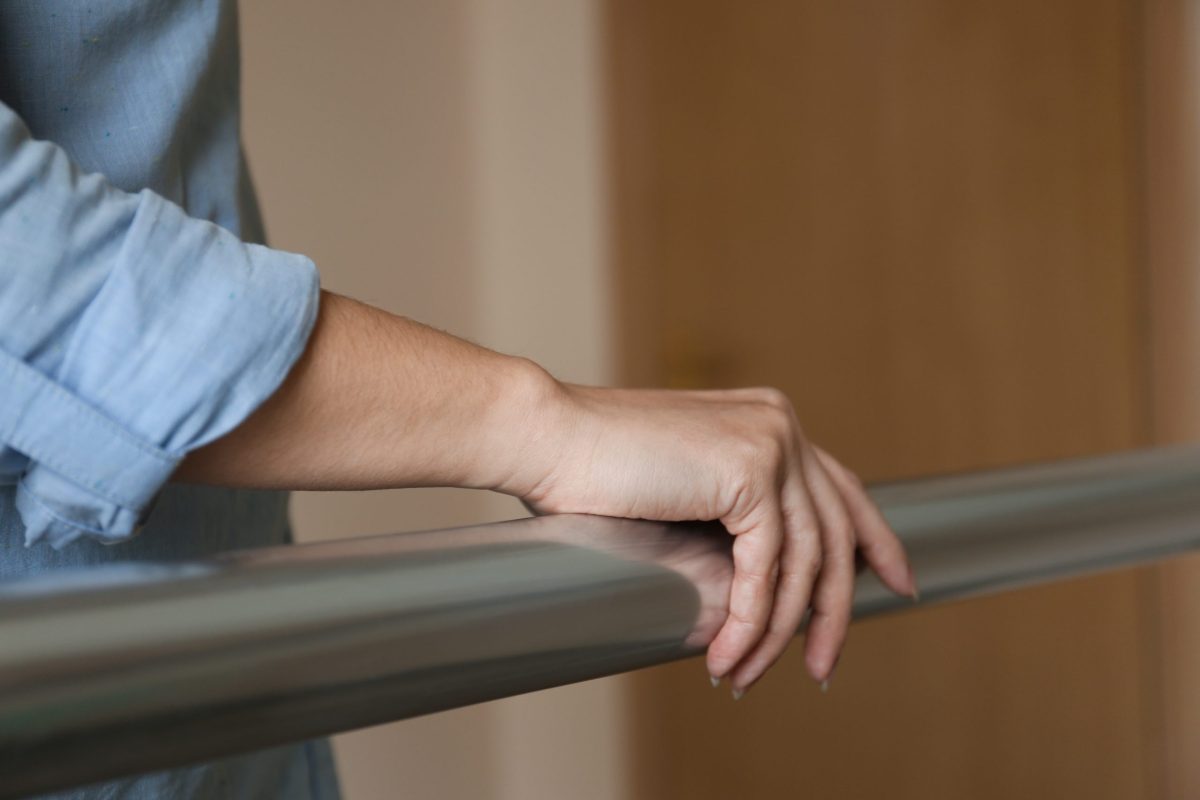Fall Prevention Design: 10 Tips to Style Your Home for Safety and Stability
As we age, the fear of falling and injuring ourselves becomes more prevalent. In recent years, the concept of designing a home to prevent falls is gaining traction as a proactive approach to maintaining safety, independence, and confidence. In this post, we will explore the significance of fall prevention design and delve into practical strategies that can transform your living space into a haven of security.
Senior Living Interior Design: The Importance of Fall Prevention in
Creating an environment that minimizes the risk of falls is not only about aesthetics; it is a vital component of ensuring overall well-being and quality of life. Fall-related injuries can have a profound impact on physical health and mental well-being, often leading to reduced mobility, increased dependency on caregivers, and a loss of self-assurance. By integrating fall prevention design principles into our homes, we empower ourselves and our loved ones to lead lives free from unnecessary accidents.
Let’s explore 10 practical solutions and accident prevention strategies you can incorporate into your senior living interior design plans.
1. Clear the Clutter
The first step in fall prevention design is to declutter your living spaces. Remove unnecessary items from walkways, hallways, and frequently used areas. Keep the floors clear of loose rugs, electrical cords, and other obstacles that could pose a tripping hazard. Optimize your home’s layout for easy navigation, ensuring that there is enough space to move freely without feeling cramped.
2. Illuminate with Purpose
Proper lighting plays a vital role in fall prevention. Install bright, energy-efficient LED lights throughout your home to ensure good visibility, especially in hallways, staircases, and entryways. Consider adding motion-sensor lighting in key areas to avoid fumbling for switches in the dark. Nightlights strategically placed in the bedroom, bathroom, and kitchen can also provide added safety during nighttime trips.
3. Non-Slip Flooring
Invest in slip-resistant flooring materials for areas prone to moisture, such as bathrooms and kitchens. Non-slip tiles or vinyl flooring can prevent accidental slips and falls on wet surfaces. Additionally, consider placing non-slip rugs or mats in high-traffic areas to provide extra traction.
Learn More: How to Maintain an Independent Lifestyle as You Age
4. Secure Handrails and Grab Bars
Install sturdy handrails along staircases and grab bars in bathrooms to offer support and stability. These essential fixtures can significantly reduce the risk of falls, especially for those with balance issues. Ensure they are securely anchored to the walls to withstand weight and pressure.
5. Adaptable Furniture
Choose furniture with safety in mind. Opt for pieces with rounded edges to prevent injuries in case of a fall. Avoid furniture that is too low or too high to get in and out easily. Chairs and sofas with armrests can provide additional support while sitting or standing. Consider investing in an adjustable bed to ensure a comfortable sleeping position and easy access.
Learn More: A Guide for Styling Your Independent Living Home
6. Avoid High-Pile Rugs
While rugs can add warmth and style to your home, high-pile rugs can pose a tripping hazard. Instead, opt for low-pile or flat-weave rugs with non-slip backing. Alternatively, consider removing rugs altogether to reduce the risk of trips and falls.
7. Organize Kitchen and Storage Areas
Arrange your kitchen and storage areas for convenience and accessibility. Frequently used items should be within reach, avoiding the need for stretching or bending. Consider installing pull-out shelves in cabinets to access items at the back easily. Keep heavy items at waist level to prevent strain when lifting.
Related: A Guide to Effectively Downsize for Retirement
8. Color Contrast for Depth Perception
Enhance the visibility of different elements in your home by incorporating color contrast. For instance, use contrasting colors between walls and floorings, or between furniture and the background. This will help improve depth perception and make it easier to identify potential obstacles.
9. Bathroom Safety
Besides installing grab bars in the bathroom, consider other safety measures. A raised toilet seat can make sitting and standing easier. Place non-slip mats inside the bathtub or shower to prevent slipping on wet surfaces. If needed, use a shower chair or bench for added stability during bathing.
10. Regular Maintenance and Repairs
Lastly, prioritize regular maintenance and repairs. Check for loose handrails, uneven flooring, and any other potential hazards. It is important to address these issues promptly to maintain a safe living environment.
Discover the Comfort of Living at Seafields
Experience a life of unparalleled comfort and tranquility as you step into our inviting community –– Seafields at Kiawah Island. Here, every moment is an opportunity to embrace the soothing embrace of easy living. From senior living interior designs that cater to your every need to a serene environment that nurtures your well-being, and countless amenities for our members, Seafields presents a haven where comfort is not just a luxury, but a way of life.
To learn more about the independent and assisted living options available in our community, or discuss any questions you may have, simply contact our team. We would be happy to help you take the next step in this journey.






